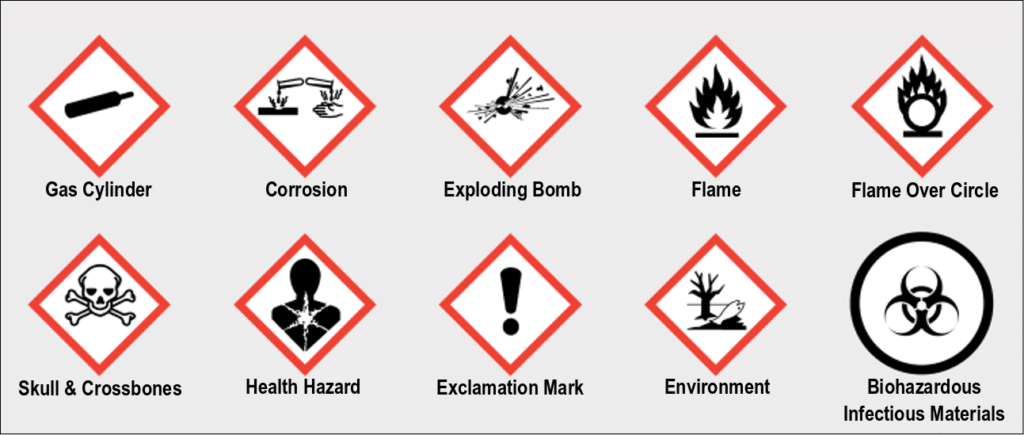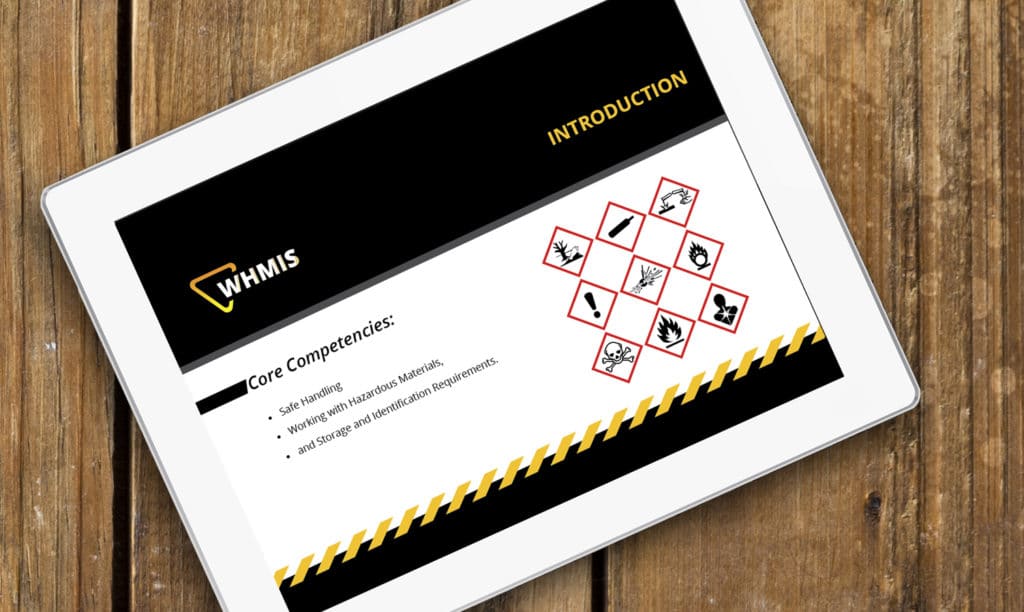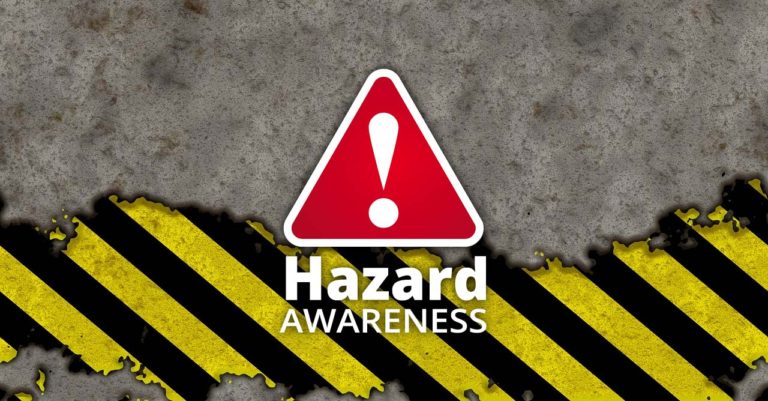
Kevin’s Blog / What’s WHMIS? GHS?
Both WHMIS & GHS are Information Systems
Their purpose is to provide people with a standardized way to learn about possible and proven safety and health hazards associated with the materials they use at work.
Let’s begin with defining a few acronyms.
- WHMIS – Workplace Hazardous Materials Information System (Canada)
- GHS – Globally Harmonized System of the Classification and Labeling of Chemicals (United Nations)
- OSHA – Occupational Safety & Health Administration (USA)
- HCS – Hazard Communication Standard (USA)
WHMIS has been revised to be more in line with GHS, completing an upgrade cycle at the end of 2018, and I’d like to make clear a few things about WHMIS for you.
WHMIS is not an international law and only applies to Canada
Now, there is some confusion about this because the latest legislative upgrades closely align WHMIS with the United Nations system called GHS. Add the appearance of “GHS” on various WHMIS reports and articles, as well as some training materials, and it is easy to see how this is misunderstood.
GHS is not an international law either
To be clear, GHS is not a law or regulation either – anywhere. It is an internationally recognized system of recommendations, best practices, classifications, and warning signs.
For Comparison
The comparable, GHS aligned system in the United States is called HCS (Hazard Communication Standard) and the European Union GHS aligned system is called the CLP Regulation (Classification, Labeling & Packaging of substances & mixtures).
Countries aren’t obligated to adopt any part of GHS
Compliance with GHS recommendations is voluntary. Each country is responsible for their own hazardous material information system and can choose to include any part of GHS. Canada made several legislative changes to WHMIS but did not adopt all GHS recommendations. Likewise, the United States revised HCS but also did not adopt all GHS recommendations.

Both Canada and the US adopted most of the GHS recommendations concerning Hazard Classification, Labelling, and Safety Data Sheet standards.
Examples of differences between WHMIS and HCS include:
- The WHMIS Class called Biohazardous Infectious Materials is not part of HCS.
- WHMIS classifies chemicals that are not toxic but have the potential to release toxic gases as Toxins; HCS does not.
- Documentation. Canada is bilingual, so French versions of some things are needed. There are many instances where wording differs but intentions are clearly the same.
It would seem the Globally Harmonized System is not global or harmonized.
Back to WHMIS
A case can be made for pretty much everyone working in Canada to have WHMIS training, since we all use some kind of chemical product at work or at home (where a lot of incidents happen).In fact, WHMIS training is included in more and more college courses due its widespread, mandatory implementation.
WHMIS was created to stop workplace practices involving hazardous materials that result in worker injuries, illnesses, and/or deaths. It’s up to the people at individual workplaces to make sure the system works. WHMIS is, above all, an Information System for front line material handlers. A proper WHMIS system should make it easy for you to find information about all of a material’s potential dangers in order for you to protect yourself and others.

Regardless of your occupation, a current WHMIS certification is good to have. Contendo offers an updated WHMIS Online Course in case you’re looking, with no references to the old, obsolete WHMIS 1988.
Go to https://contendo.ca
Kevin Fox is a power engineer & senior technical writer at Contendo. He has written process education programs for industrial clients and students since 2009.



